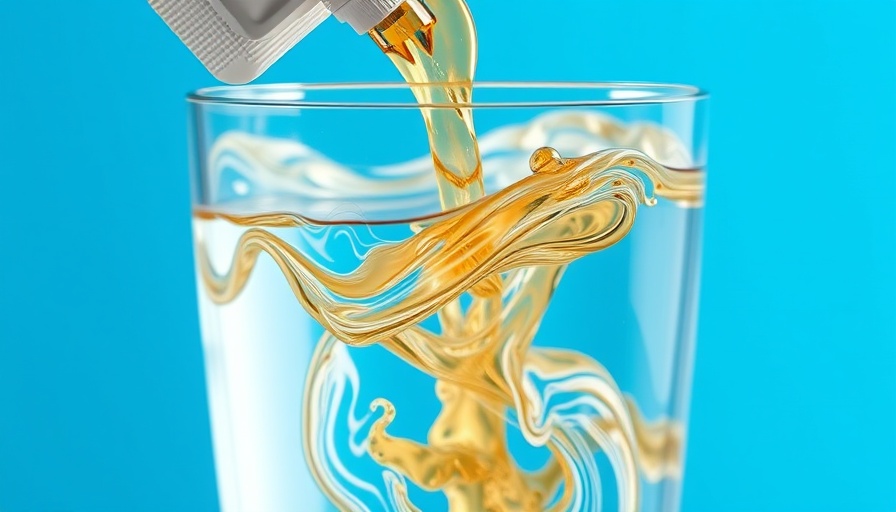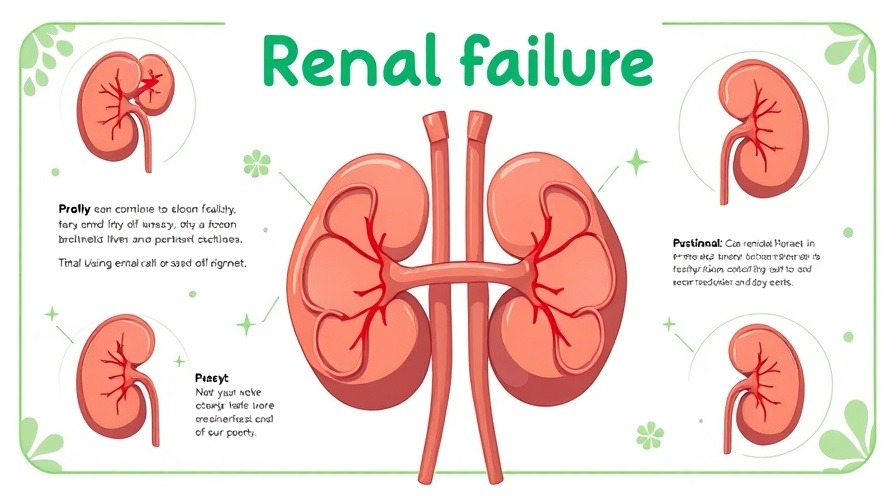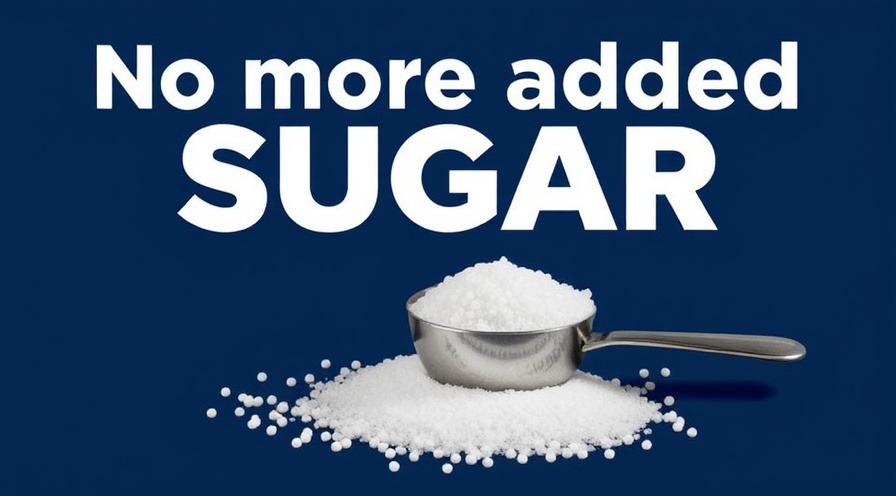
Understanding Liquid I.V.: A Hydration Game-Changer?
In today’s fast-paced world, staying hydrated is more critical than ever. Enter Liquid I.V., a powdered hydration mix that has taken social media by storm. From gym bags to TikTok videos, its claims of hydrating two to three times faster than water alone have sparked curiosity and debate. But how effective is Liquid I.V., really? This analysis draws insights from the perspectives of both a dietitian and a personal trainer.
In Effectiveness of Liquid I.V. – Does It Actually Work or Just Hype?, the discussion dives into the effectiveness of this hydration mix, exploring key insights that sparked deeper analysis on our end.
The Nutritional Breakdown: What’s Inside Liquid I.V.?
Liquid I.V. is not just any hydration drink; it’s a carefully crafted mix full of electrolytes, glucose, and vitamins. Each serving boasts 500 mg of sodium, 370 mg of potassium, 11 g of sugar, and a blend of B vitamins and vitamin C. The underlying science is based on Cellular Transport Technology (CTT), which aims to balance the ratios of sodium and glucose for optimum hydration absorption.
Dietitian’s Perspective: Should We Embrace The Hype?
From a dietitian’s lens, the concept of enhanced hydration isn’t merely marketing fluff. The sodium-glucose combination in Liquid I.V. has been scientifically validated in medical solutions for treating dehydration. This cocktail can be particularly beneficial for those facing dehydration due to vomiting, diarrhea, or excessive sweating. However, the sugar content raises eyebrows, particularly for individuals on weight management plans or those monitoring blood sugar levels. Liquid I.V. packs a sugary punch that may not be suitable for everyday casual hydration.
Personal Trainer’s Take: When Is It Most Effective?
For fitness enthusiasts and athletes, Liquid I.V. can be a valuable tool. According to personal trainers, it excels during high-intensity workouts, endurance runs, and sweaty yoga sessions. The key lies in its ability to replenish lost electrolytes, which can help prevent cramps and fatigue. The convenience factor cannot be overlooked: it’s easy to toss a few sticks into your gym bag, making it an accessible option for on-the-go hydration.
When to Use Liquid I.V.: Smart Timing for Maximum Benefit
While Liquid I.V. has its merits, it’s crucial to know when to use it. It's most beneficial after intense workouts, during hot weather, following travel, or during illness leading to fluid loss. For casual sippers or those engaged in light activities, traditional water may suffice. Overusing Liquid I.V. during periods of low physical exertion could be an unnecessary indulgence.
Optimal Hydration: The Takeaway
The bottom line is clear: Liquid I.V. effectively hydrates and replenishes electrolytes. However, it's not a magic solution that should replace conventional hydration methods in every scenario. Understanding how and when to use it smartly can enhance its efficacy, keeping hydration levels high during those critical moments when your body needs it most.
Insights and Practical Tips: Elevating Your Hydration Strategy
As parents and health-conscious adults looking to optimize hydration, here are some actionable insights:
- Listen to Your Body: Pay attention to your hydration needs based on activity levels, weather, and personal health.
- Mix and Match: Use Liquid I.V. strategically in conjunction with water, especially after vigorous exercise or on hot days.
- Focus on Whole Foods: Incorporate fruits and vegetables into your diet for natural hydration and nutrient intake.
- Track Fluid Intake: Keep an eye on daily hydration to avoid underhydration; apps and journals can be supportive tools.
Overall, Liquid I.V. holds value in specialized hydration scenarios for active lifestyles, but good old water remains the cornerstone of everyday hydration.
With the awareness of how to use these products effectively, you can ensure that your hydration routine keeps pace with your active lifestyle and personal health needs.
 Add Row
Add Row  Add
Add 




 Add Row
Add Row  Add
Add 

Write A Comment